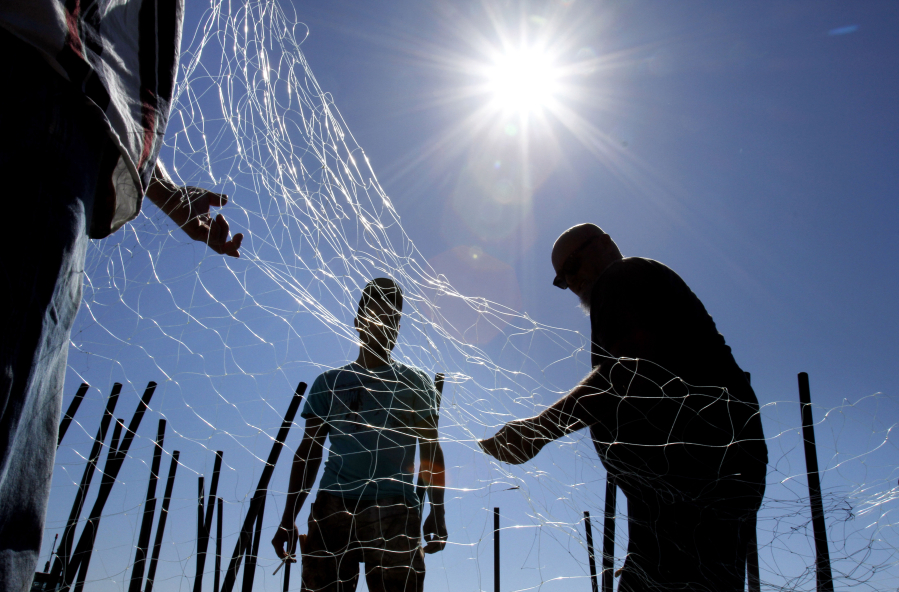Oregon Gov. Kate Brown has scolded the Oregon Fish and Wildlife Commission for its decision to renege on a bistate agreement to limit gillnetting to off-channel areas in the Columbia River and told it to change the policy by April 3.
Oregon’s commission on Jan. 20 adopted its version of the Columbia River reforms, opting for a plan more friendly to commercial fishing than its Washington counterpart.
Oregon’s decision raised the potential for the two states having different sport and commercial seasons in the lower Columbia River this year, possibly ending 99 years of concurrent fishing regulations.
Brown sent a letter last week to Michael Finley, chair of the Oregon Fish and Wildlife Commission, that Oregon’s version of the reforms “are not acceptable.”
Reforms adopted by both states in early 2013 allocated more chinook salmon to sportsmen in the main Columbia and restricted gillnetting to off-channel sites like Youngs Bay and Tongue Point near Astoria.
The reforms also called for commercial fishing that remained in the main Columbia to be done with live-capture methods — such as purse seines and beach seines — designed to harvest hatchery stocks and release wild fish.
However, testing of beach and purse seines in the main Columbia found much higher mortality rates of released fish than anticipated four years ago and efforts to develop more off-channel fishing sites for the commercials have had mixed results.
The reforms had a four-year transition period with full implementation slated for 2017.
The biggest differences between the two commission policies involve fall chinook salmon.
Washington allocated 75 percent of the fall chinook to sportsmen and 25 percent to the commercials. Washington allows gillnetting to continue in 2017 and 2018 between Woodland and Beacon Rock. In 2019, gillnets are banned and allocation shifts to 80 percent for sportsmen.
Oregon decided to split fall chinook 66 percent for sportsmen and 34 percent for the commercials, with tangle nets (small-mesh gillnets) allowed downstream of Woodland for coho and large-mesh gillnets allowed between Woodland and Beacon Rock with no timetable for a phase-out.
“Oregon and Washington have invested a great deal of time and effort in resolving conflicts and providing certainty for fisheries in the lower Columbia River,” Brown wrote. “It is the policy of my administration to honor those commitments.”
Brown proposed two paths forward.
Oregon could adopt the same policies as those approved by the Washington Fish and Wildlife Commission, she wrote.
Also acceptable to her is the “strategic rebalance” plan presented by the Oregon Department of Fish and Wildlife in November. That plan maintains the current split of 70 percent sport-30 percent commercial for fall chinook, which are the most important stocks in terms of economics for the commercial fishery. Gillnetting would continue from Woodland to Beacon Rock.
“Either approach provides a clear and enforceable path forward,” Brown wrote. “Non-concurrence between the two states is not acceptable.”
The Northwest Sportfishing Industry Association says Brown’s letter “is a big step in the right direction towards honoring the spirit of the reforms and commitments make to the sportfishing industry.”
NSIA is urging Oregon to concur with the Washington commission’s plan.
The Oregon Fish and Wildlife Commission released a statement late last week that it will take up the issue at its March 17 meeting in Corvallis or at a special meeting before April 4.




